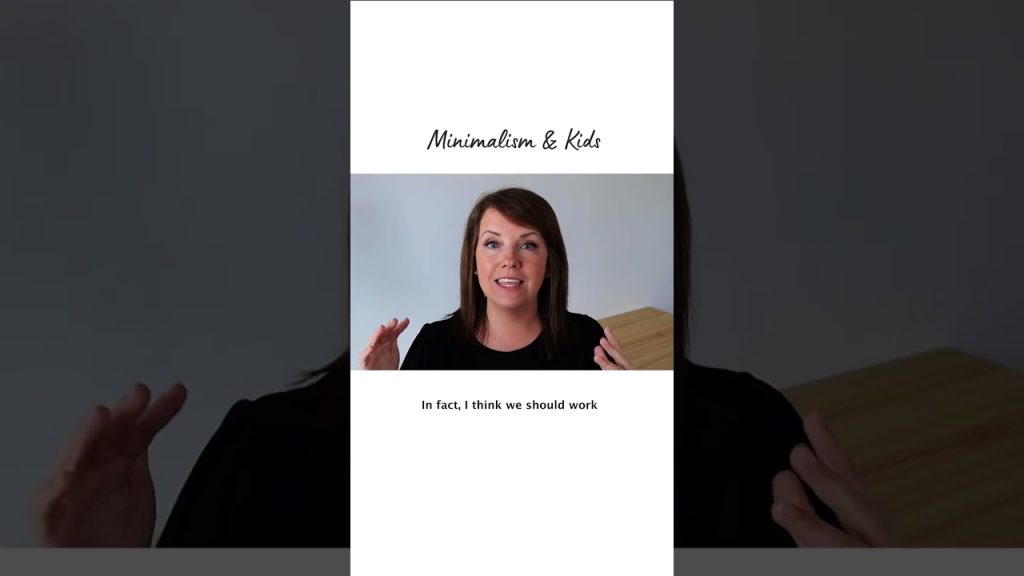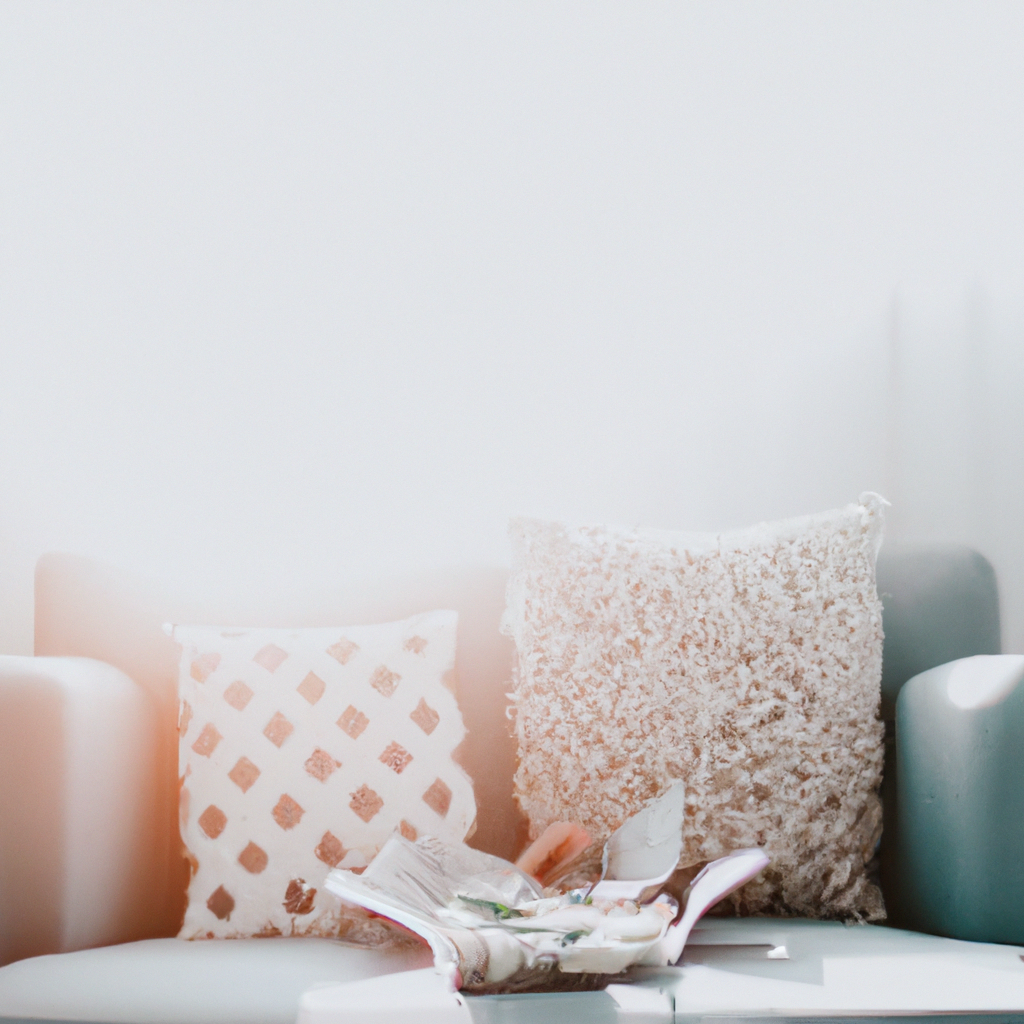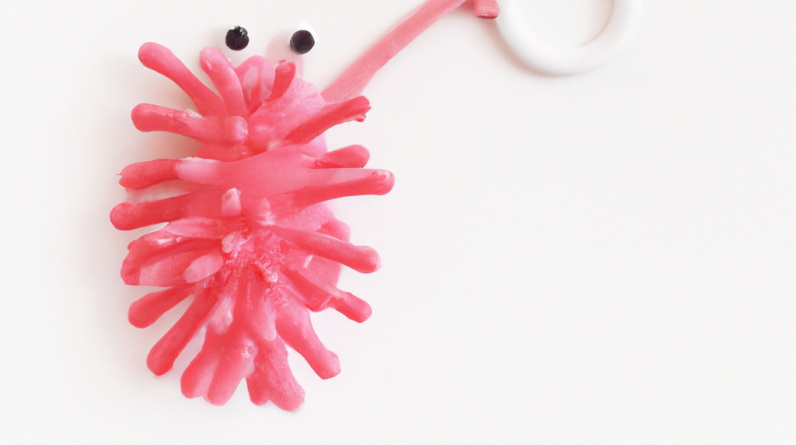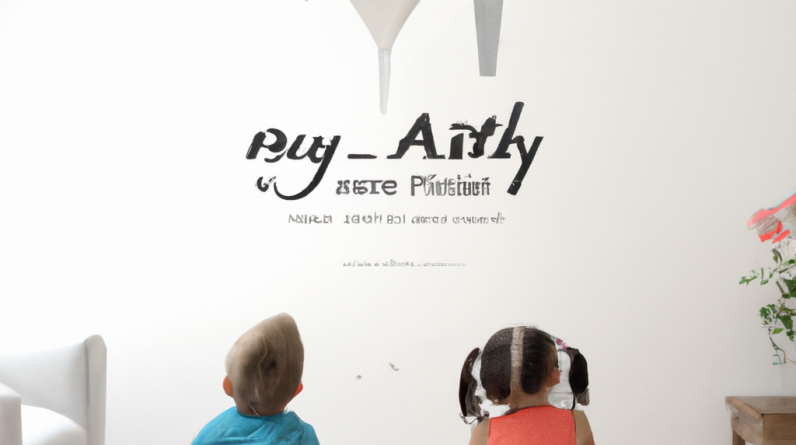
“Minimalism with Kids” is a video by The Minimal Mom that explores the concept of incorporating minimalism into your life, specifically when raising children. Studies have shown that kids thrive in a clutter-free environment, and by reducing the inventory in our homes, our kids can easily manage and take care of their own things. The video touches on the importance of involving kids in household chores and teaching them to be responsible for their belongings. It also makes a thought-provoking point about matching the inventory level with the age and stage of our children, suggesting that they should be capable of maintaining and organizing around 90% of their belongings. This idea challenges the societal norms and marketing messages that often portray a higher inventory as necessary when raising kids.
By embracing minimalism, we can create an environment that promotes simplicity and less overwhelm for both ourselves and our children. The video encourages us to rethink our approach to raising kids and to consider the benefits of reducing clutter in our lives. The Minimal Mom offers insight and practical tips on how to make minimalism work for families, helping us create a harmonious living space where children can thrive and take ownership of their possessions. So, let’s join The Minimal Mom on this journey of minimalism with kids and discover how it can bring more peace, order, and joy to our homes. #minimalism #decluttering #simpleliving
Table of Contents
Benefits of Minimalism for Kids
Having a clutter-free environment can have many benefits for kids. Studies have shown that children tend to thrive in an organized and minimalist space. When there is less visual clutter and distractions around, children can focus better, feel calmer, and be more productive in their activities.
Additionally, minimalism teaches responsibility and independence to kids. By having fewer belongings, children are able to take care of their things more easily. They learn the importance of tidying up after themselves and develop a sense of ownership and pride in their belongings. This responsibility and independence can carry over into other aspects of their lives, such as schoolwork and personal relationships.
Incorporating Kids into Housework
It’s important to involve your kids in household chores from a young age. By teaching them to take care of their belongings and contribute to the overall cleanliness and organization of the home, you are instilling valuable life skills and fostering a sense of responsibility in them.
Start by assigning age-appropriate tasks to your children. For younger kids, tasks such as picking up toys, making their beds, and putting away their clothes can be suitable. As they grow older, you can gradually increase their responsibilities, such as helping with meal preparation, doing laundry, or even mowing the lawn. By involving your kids in housework, you not only lighten your own load but also teach them the importance of being proactive and contributing to a functional and clean living space.

Matching Inventory with Age and Stage
When it comes to toys and belongings, it’s crucial to match the inventory with your children’s age and stage of development. Having an excessive number of toys can often overwhelm kids and make it difficult for them to focus and engage with each item. By reducing the number of toys and belongings, you can help create an environment that is less overwhelming and more conducive to play and learning.
Take the time to assess the toys and belongings your kids have and consider whether they are age-appropriate. Donate or sell items that are no longer suitable, and focus on keeping a smaller selection that your kids can easily manage and enjoy. This streamlined approach not only reduces clutter but also encourages creativity, problem-solving, and a deeper connection with the toys they have.
Creating a Minimalist Playroom
Decluttering toys is an essential step in creating a minimalist playroom. Start by gathering all the toys in one place and sorting them into categories. Donate or discard any broken or unused toys, as well as items that your child has outgrown or lost interest in.
Once you have downsized the toy collection, organize the remaining toys in a way that allows for easy access and encourages independent play. Invest in storage solutions such as bins, shelves, or baskets to keep toys organized and visually appealing. Labeling the storage containers can also help your child maintain the organization and easily find what they’re looking for.
By creating a minimalist playroom, you are providing your child with a curated environment that promotes imagination, creativity, and focused play.

Minimalist Wardrobe for Kids
A minimalist wardrobe for kids can help simplify their daily routine and reduce decision fatigue. Instead of having an abundance of clothing options, focus on choosing versatile pieces that can be mixed and matched easily. Opt for neutral colors and classic styles that can be worn in various combinations.
Consider implementing a capsule wardrobe for your child, which consists of a small selection of high-quality, essential pieces. This approach not only saves space but also encourages a more thoughtful and intentional approach to dressing. Involve your child in the process of choosing their clothes and give them the independence to decide what they wear each day within the limited options.
A minimalist wardrobe not only promotes simplicity and efficiency but also teaches kids the value of choosing quality over quantity and being mindful of their personal style.
Simple and Streamlined Routines
Establishing simple and streamlined routines can be immensely beneficial for kids. Routines provide structure, stability, and a sense of predictability, which can help children feel secure and confident in their day-to-day activities.
Create a daily routine that includes regular times for waking up, meals, playtime, homework, chores, and bedtime. Be consistent with the routine and involve your child in the decision-making process. Encourage them to take responsibility for their own tasks and ensure they have enough time for leisure and relaxation.
By simplifying routines, you can reduce stress and resistance, and make each day more manageable for both you and your child. This approach also helps children develop time management skills and a sense of independence.

Minimizing Digital Clutter
In today’s digital age, it’s important to also minimize digital clutter in your child’s life. Excessive screen time can be detrimental to their development and overall well-being. Set screen time limits and establish clear guidelines for technology usage.
Curate digital content that is age-appropriate and educational. Encourage your child to engage in a variety of activities beyond screens, such as reading books, participating in hobbies, playing outdoors, or spending time with friends and family.
Setting a healthy balance between digital and offline activities can foster creativity, social interaction, and a well-rounded childhood.
Simplifying School Supplies
When it comes to school supplies, it’s easy to get carried away with unnecessary purchases. Take a minimalist approach by only buying the necessary supplies for your child’s education. Consult the school’s supply list and purchase items that are specifically required.
Organize school essentials in a designated area at home so that your child can easily locate and pack their bag each day. Teach them the importance of taking care of their supplies and keeping them organized.
By simplifying school supplies, you not only save money but also teach your child the importance of being intentional and minimalistic when it comes to material possessions.
Minimalist Birthday Parties
Birthdays can be an opportunity to translate minimalism into the realm of celebrations. Instead of focusing on material gifts, consider shifting the focus to experiences. Plan a memorable experience or outing for your child’s birthday, such as a day at the park, a trip to a museum, or a picnic with close friends and family.
When it comes to decorations, keep it simple and minimalist. Opt for reusable decorations or natural elements such as flowers or greenery. encourage your child to embrace the joy of celebrating with loved ones and creating lasting memories, rather than accumulating material possessions.
Conclusion
Incorporating minimalism into your child’s life can have numerous benefits. From a clutter-free environment and teaching responsibility to creating streamlined routines and simplifying school supplies, minimalism promotes a more intentional and fulfilling childhood experience. Help your child thrive by embracing minimalism and creating a simpler, more meaningful life.







